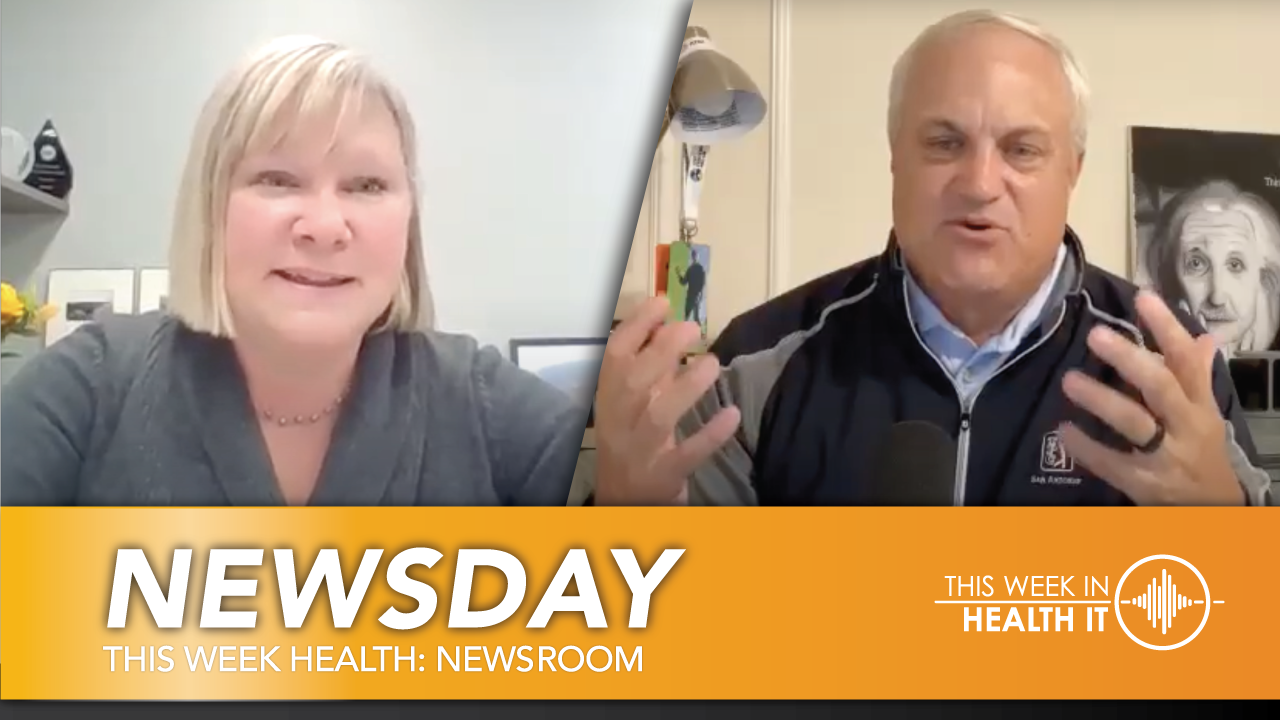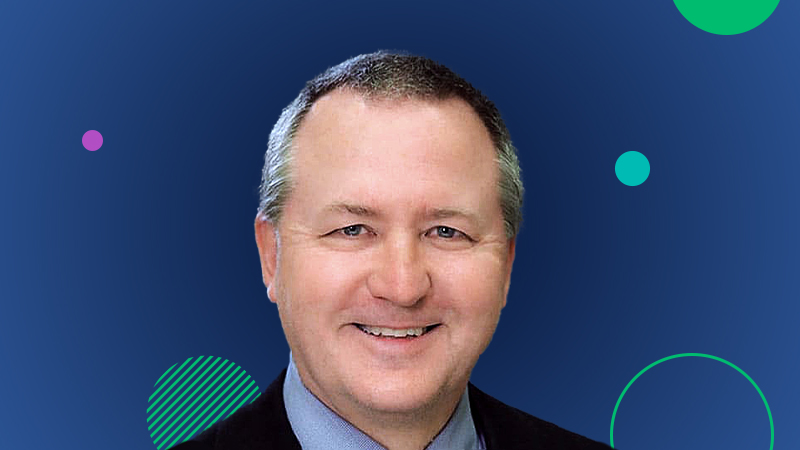
Tom Stafford, Vice President & Chief Information Officer at Halifax Health, has been selected as one of Computerworld’s Premier 100 Technology Leaders for 2017.
“The Premier 100 awards program highlights the exceptional work of an elite group of IT executives who are leading their organizations through times of unprecedented change. They are using technology to drive high-stakes business projects and create dynamic growth in their organizations,” said Scot Finnie, editor-in-chief of Computerworld.
The Computerworld AGENDA17 conference, including recognition of the Premier 100 Technology Leaders, is scheduled for March 20 to 22, 2017, at Sawgrass Marriott Golf Resort and Spa in Ponte Vedra Beach, FL.
Stafford spoke about his nomination by phone from his office at Halifax Health.
1. What was it like hearing that you’d been chosen for the Premier 100?
Answer: When I heard that I’d been chosen, I felt really good. It’s nice to be recognized that way. I feel that we innovate a lot at Halifax Health, and to see that is great. And even though the award went to me, it’s not just me. The only reason I have that award is the amazing work that my teams do every day.
2. What is it like to be considered along with people like the CIO of Coca-Cola Japan, VP of IT at Kroger, VP of Global Business Services at Raytheon, CIO at Pfizer, and those at other industry leading companies?
Answer: When I first saw the list of the Top 100, I was really impressed with the credentials of a lot of the folks. I’m happy that we’re starting to see hospitals on that list because it shows that we’re catching up rapidly through initiatives like Meaningful Use. To see our name up there and to see my name amongst my peers was pretty amazing. What I’m hoping is that in years to come, there will be more hospitals on the list.
3. Where do you see healthcare IT going in the next five to 10 years? What innovations do you think tech will provide for the industry?
Answer: There’s a lot of innovation yet to happen in healthcare, and the thing about healthcare is it’s so complex and there are so many different points where innovation can happen. Recently I was at the HIMSS UAE Conference in Abu Dhabi, and I was able to hear presentations from health organizations from around the world. What I really garnered from that was that we all have the exact same issues in healthcare, and the first is adoption. We have a hard time adopting any tech in healthcare because healthcare doesn’t like to change.
The second issue we share is everybody is trying to figure out how to manage population health because healthcare costs are extremely high, so you want to work to keep patients out of the hospital and focus on keeping them well.
The third issue is we are all trying to figure out patient consumerism, and that’s something new for a majority of hospitals; I think that’s where we’re going to see a lot of innovation in the future.
When I look at innovation, I can somewhat do an analogy between access to healthcare and the airline industry. If we go back 20 years in the airline industry you had to go to a travel agent and they’d print out your ticket for the flight. Today, it’s totally different, I use my app. I actually never talk to anyone, I just walk on the plane.
Eventually that will happen with patient portals as they are being developed today — healthcare is going to be served up on a phone. That’s really important because this generation of millennials is made up of highly technical folks who are going to demand and expect that, so I think a majority of innovations are going to be coming from patient consumerism in the future.
4. You have an aeronautic and mechanical engineering background — did any part of those disciplines inform how you approach healthcare IT challenges?
Answer: When I was in engineering and manufacturing, I actually designed medical devices, so I was still in the realm of healthcare. When I was making the decision to change careers about 10 years ago, my first thought was ‘Today, I have to obey the laws of physics and manufacturing tolerances and if I do that, my team’s design will work, and then someone else can produce them and sell them for a profit.’
And then I thought, ‘In healthcare, all I’ve got to do is install software systems; it’s going to be a piece of cake.’
What I didn’t think about was, software systems require adoption, and adoption is based off of behavior and culture and there really are no laws associated with it. It’s pretty chaotic, so it was quite eye-opening to me when I got to healthcare. It can be more challenging to get a physician to adopt to computerized physician order entry (CPOE), than designing cutting-edge medical devices.
That transition taught me that with healthcare, you really have to take everything in baby steps, and be persistent and keep working toward the end goals — and the engineering approach helped me to break down a process into smaller steps and work through those steps toward the final result.
Looking for new ways to innovate your organization? Download our Innovation in Action white paper and see how organizations are leveraging MEDITECH’s EHR to advance patient care.




